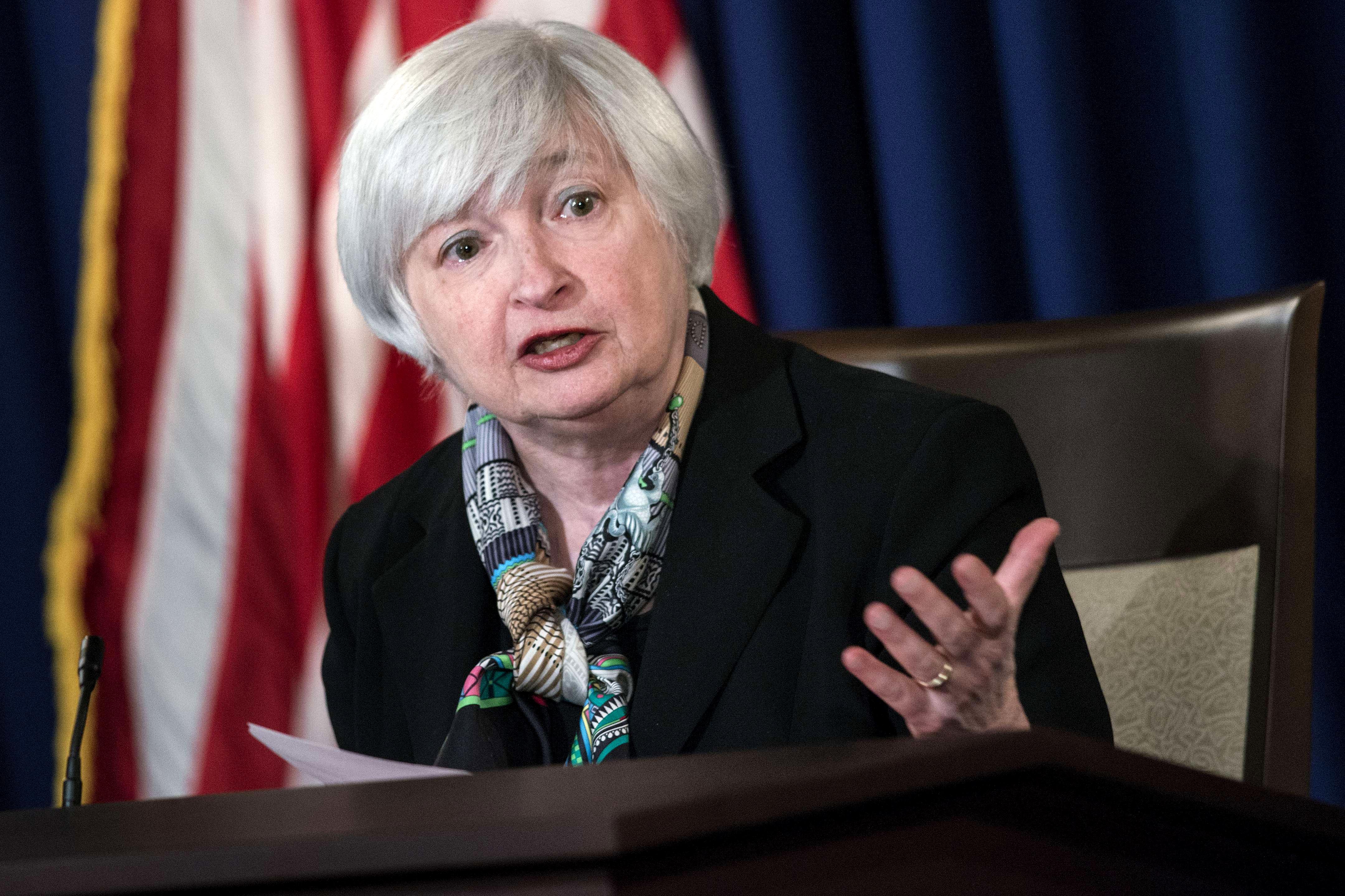Do not let the quiet session on Monday and early Tuesday fool you, volatility may be just around the corner.
The Federal Reserve is meeting tomorrow, the Dutch are heading to the polls, the UK triggering Article 50 is edging closer, a group of 20 finance ministers and central bankers are meeting on Friday, and a couple of tier one data releases is fast approaching.
With such extraordinary event risks scheduled this week, traders should be prepared for big moves across all financial asset classes.
Beginning with the Fed’s monetary policy announcement, there seems to be a total agreement within analysts that the Fed will hike rates by 25 basis points, but the dollar is no longer reacting to the news and a 25-basis points increase isn’t likely to move the dollar on either side.
Advertisement
The question now has become “will the Fed prepare the markets for a faster tightening process in monetary policy?’ This is what’s likely to move the dollar going forward.
Markets are currently pricing in a 60% chance of 3 rate hikes in 2017, and for this percentage to move higher we need to see the dots on the Fed’s dot plot move higher with some hawkish statements from Chair Janet Yellen.
Yields on U.S. 10-year treasury bonds are still holding near 2.5 years high at 2.61%, and it requires a clear break from this level to confirm another move higher for USD. Theoretically higher bond yields are negative for U.S. stocks, but given that negative correlation didn’t yet occur within these two asset classes, we need a significant push, maybe towards 3% on U.S. 10-year yields to concern equity investors.
Advertisement
Although U.S. stocks valuations look overstretched by many metrics, still there isn’t enough evidence of a sharp correction, however, I’ll be very careful to consider buying into the second-longest bull run ever.
Brexit is by no doubt the hottest topic in Europe after the UK’s parliament passed the Brexit bill and opened the way to triggering article 50. Prior to giving Theresa May the greenlight, there were rumors that Article 50 may be triggered as soon as today, but government representatives assured that Article 50 would not be triggered until the end of this month.
Interestingly the pound was very resilient, in fact it traded on Monday higher against the US dollar and most major currencies, suggesting that the official divorce is entirely priced in, and even as Scottish First Minister Nicola Sturgeon announced plans for a second independence referendum, the pound continued to climb.
Having said that, the beginning of the formal negotiations might indicate that there’s still room for further drop, especially if the EU took a hard stance, so yesterday’s reaction is not sufficient to indicate the pound has found the floor already.
Advertisement
Staying in Europe, the Netherlands’ elections tomorrow will also take center stage as it effectively acts as a barometer for populist attitudes across the EU. The government of Netherlands is based on proportional representation, so even if the Party of Freedom won the largest number of seats, this won’t change the countries politics a lot.
However, this will confirm that populism is on the rise, and boosts the chances of Marine Le-Pen winning the French elections. What does this mean for investors? “Fasten your seatbelts, it’s going to be a bumpy ride”.
Add a comment






